- When it comes to growing marijuana, it is essential to have some knowledge in the field, but most important of all is to ensure your own safety, and this involves knowing how the electrical system works, which also proves useful in preventing a number of other problems.
- The electrical system is by far the most delicate aspect of the grow room and, as such, ensuring its reliability is of the utmost importance. In this post we will explore the security aspects of cannabis growing so that you can ensure your own safety and that of others.
- Keep reading to find out how you can best organise your grow room and how to make the right decisions when it comes to safety.
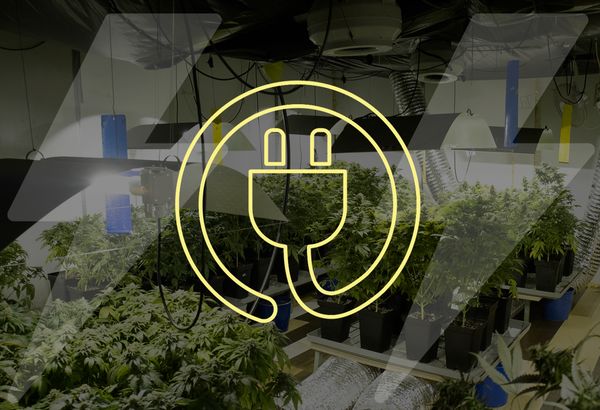
Home electrical systems
The first thing you need to consider is the total amount of electric power available at your home -- you can refer to your electricity supply contract - as this will determine your maximum power consumption. Then you can move on to checking the system's general condition, which has to comply with your country's safety standards - age and condition of the different components, with special attention to the power supply located outside the building, the wiring, the various sockets and the main meter.
At this point, we would like to stress that electricity is no small matter and botched jobs are to be avoided at all costs. So if you don't want to risk a fire, we strongly recommend that you seek advice from a qualified and experienced electrician, which, believe us, will make things go smoother. Don't say we didn't warn you!
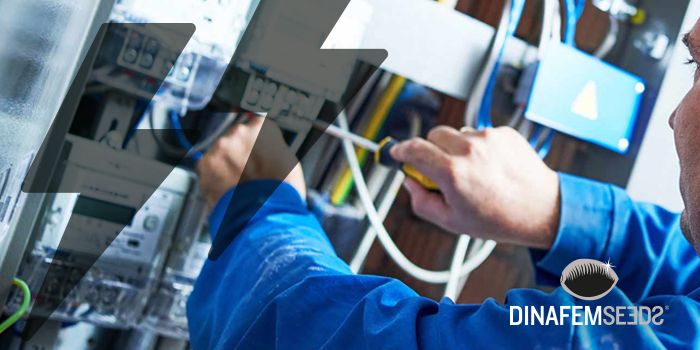
Now let's turn to the issue. Having enough energy for your grow is fundamental, and if this is inside your own home, you will also have to consider your daily electricity needs - household appliances such as heaters, hot plates, the washer, television and lighting.
Some of these appliances use lots of energy without our realizing it. Induction hobs, for instance, can use up to 3000 W. So if you add up the total electricity use of everyday appliances to the electricity use of the electronic equipment necessary for your grow, total consumption goes through the roof, especially in winter if the heating system runs on electricity too.
In any case, allowing a safety margin - ideally 20-25% of total electric power - is always a good idea, as this way you will never reach your home's total electrical capacity. If, for instance, you have a total electrical capacity of 7 kW, you should try to keep consumption at 5.6 kW, which would give you a 1.4 kW margin (20%).
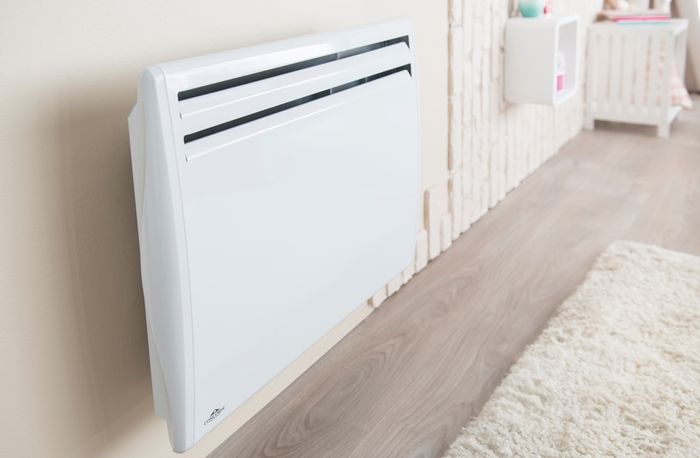
This safety measure will ensure both your own safety and the durability of your system, and will safe you a lot of trouble too - fires that could result in serious economic damage and other setbacks. This is not something to be taken lightly and, as the old saying goes, it is better to be safe than sorry!
Accordingly, it is important that you take the time to ask yourself the right questions before you start to design your growing area:
- What are the characteristics of this specific growing project?
- Is it feasible in the space I have?
- What are my real needs?
- Is the total electric capacity consistent with the envisaged grow? (Based on the data above.)
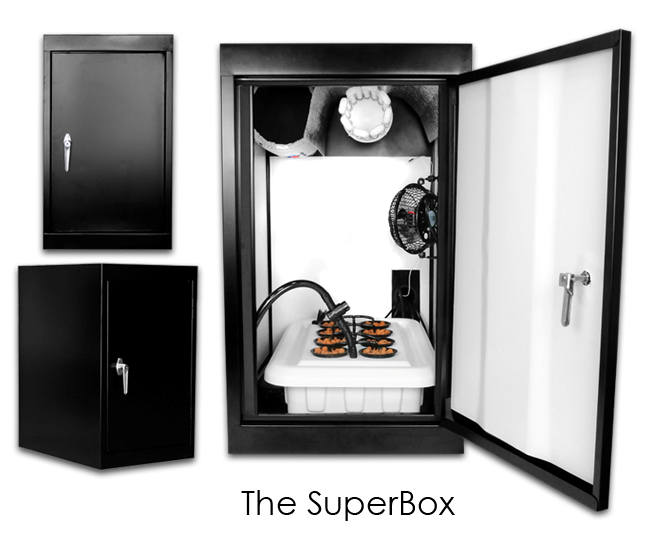
Starting up the system and getting the electrical equipment
The best thing to do here is forget about saving and purchase high-quality equipment which is certified according to the standards in force in your country. Again, safety comes first, and quality will ensure your electric system is safe.
1 to 3 m2 garden
If you are planning to grow in a 1 to 3 m2 space, you won't have to make major changes unless the system is old and/or in bad condition and/or not in compliance with the standards in force. Check in the fuse box the proper functioning of the branch circuit and the MCB (miniature circuit breaker) of the room or rooms you are going to use for your grow.
MCBs are switches that shut off the current of each branch circuit when the default values are exceeded and there is risk of short circuit or overload in the system and, thus, in the growing area. The maximum capacity, which indicates the maximum power capacity of each branch circuit, is expressed in amperes (A) on the switcher itself.
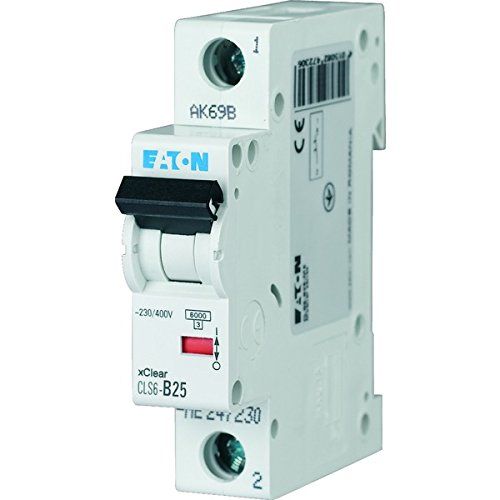
The next thing to check is the condition and the diameter of the cables, which determines their maximum power capacity. The standard diameter in home systems is 1.5 mm (for lighting), although greater diameters (2.5 mm) are common for appliances like the fridge and the washer. In the case of energy-intensive appliances like electric cookers, the oven or electrical heating systems, cables may reach a diameter of 4 mm.

Make sure all sockets work properly and, above all, try to plug your equipment in different sockets around the room to avoid overloading a single branch. If overloading does occur, though, the MCB will trip shutting off the power on the relevant branch. Should the MCB not be working properly, the worst-case scenario is a fire in the cabling system that could spread and damage other areas of the room. As you can see, this is not something that can be taken lightly.
If the MCB trips because of a branch overload, the solution is not as simple as replacing it for another one with greater capacity. What will really help is considering all the elements of the affected branch as a whole, adapting them to the necessary electric charge. Identifying and evaluating the source of all faults is key to finding a permanent solution.
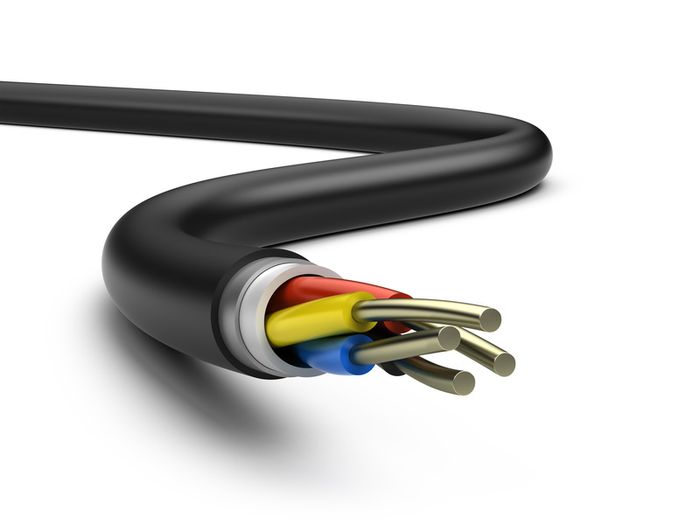
The first thing you should do is check the functioning of your equipment - for example the exhaust fan - as well as the cable and its connection to the socket. Then move on to the MCB, making sure it's not too old and it has enough capacity to support all the appliances connected to the branch. If everything is in order, the problem might be in the socket or in the cable system after all, so check them again for confirmation.
If your fuse box is old, make sure the fuses are working correctly. Things get much easier, though, if the box is new, as new fuse boxes are fitted with a separate, automatically operated switch that trips when it detects an electrical overload and even a fire. To reset it, just move the switch back to its original position and electricity will flow through the circuit again.
The fuse box is also fitted with another electromechanical system, known as residual-current device or circuit breaker, which ensures the safety of AC electrical systems by protecting us from direct and indirect contact and by limiting the risk of a fire. As its name suggests, the circuit breaker breaks the circuit when it detects a stray current or a ground fault that exceed its capacity - for instance, if someone is being electrocuted.
If the branches of your fuse box are not labelled, a simple way to identify them is to switch off all the MCBs and to switch them on again individually until you find the branch you intend to use.
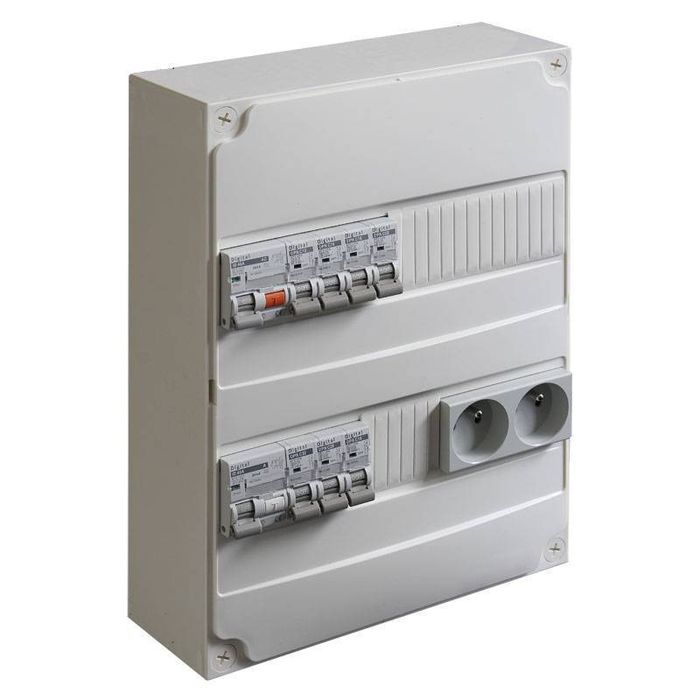
A practical case
Imagine you have a 10 A branch circuit and 1.5 mm cables, which gives a maximum power capacity of 2250 W, and that you decide to allow a safety margin of 20%.
2250 W - 20% = 1800 W maximum power that can be used safely in the branch.
This power is enough to feed a 2 m2 crop with 2 600 W HPS lamps, 1 extractor fan, 1 air input fan, a small clip fan for air renewal and, if necessary, a humidifier/dehumidifier.
1200 W (2 x 600W HPS) + 200 W (2 exhaust/air input fans) + 12 W (small clip fan) + 100 W (humidifier) = 1512 W
By converting this to amperes (1512/230 = 6.5 A) the result is that you are using 6.5 A in a 10 A branch, well within the safety margin.
Likewise, a 16 A circuit breaker with 1.5 mm cables would give a maximum power capacity of 3500 W, while a 20 A circuit breaker with 2.5 mm would result in 4500 W.
How to calculate the electricity cost of your grow

Calculating the electricity cost of an indoor grow is pretty simple; it depends on the hours of daily use, on the price per kilowatt hour of your electricity supplier and on the power output of each piece of equipment. So let's do a simple calculation using these parameters:
For the growing period (photoperiod: 18 hours of light and 6 hours of darkness), in EUR per kWh with a projected energy consumption of 1512 W (European average rate: 0.205 €*): *Prices may vary from country to country and depending on the time slot.
1512 x 18 = 27216 W/day or 27.216 kWh/day. If you multiply that by 31 days you get the maximum consumption value for the longest month: 27 (rounded down) x 31 = 837 kWh. Now you just have to multiply the result by the price per kWh: 837 x 0.205 € = 171.585 €/month.
For the flowering period (photoperiod: 12 hours of light and 12 hours of darkness), in EUR per kWh with a projected energy consumption of 1512 W:
1512 x 12 = 18144 W/day or 18.144 kWh/day. Again, multiply the result by 31 days to get monthly consumption - 18 (rounded down) x 31 = 558 kWh - and then by the price per kWh: 558 x 0.205= 111.6 €/month.
You can use the same formula to calculate the consumption of individual devices.
Basic safety measures for a safe experience with your electrical devices
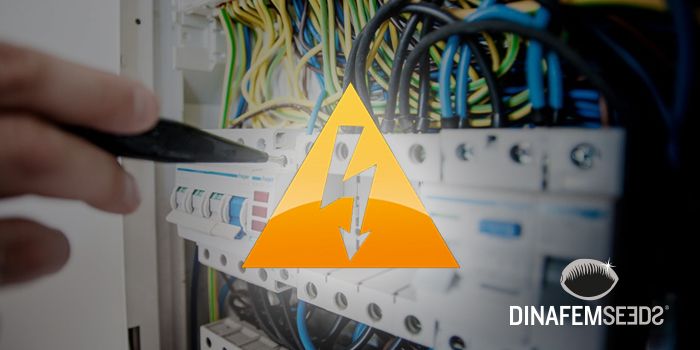
For your own safety, please stick to the following recommendations:
- Wear proper clothing (tight, non-conductive fabric, safety gloves and shoes).
- Don't wear jewels (risk of short-circuiting).
- Use proper tools and cut the power when possible.
- Use equipment that complies with your country's regulations.
- Replace stripped cables (risk of electrocution, short-circuiting, etc.).
- Don't twist or wrap the cables to promote the flow of electricity and to avoid overheating (risk of fire).
- Ensure proper grounding so that accidental current leakages have a return path and the affected area is cut off from power (effectively limits the risk of electrocution).
- Don't proceed unless you are 100 percent sure of what you're doing, otherwise the consequences could be dire (fires, economic damage and even risk of death). When in doubt, always seek the help of a qualified technician.
As you must have noticed, the aim of this post is to raise awareness on the dangers growers are exposed to when dealing with electricity. Handling electrical systems is not without risk and therefore should not be taken lightly. So we really hope this information will help you avoid potential accidents in your future grows.



Comments from our readers
There are no comments yet. Would you like to be the first?
Leave a comment!Did you like this post?
Your opinion about our seeds is very important to us and can help other users a lot (your email address won't be made public).